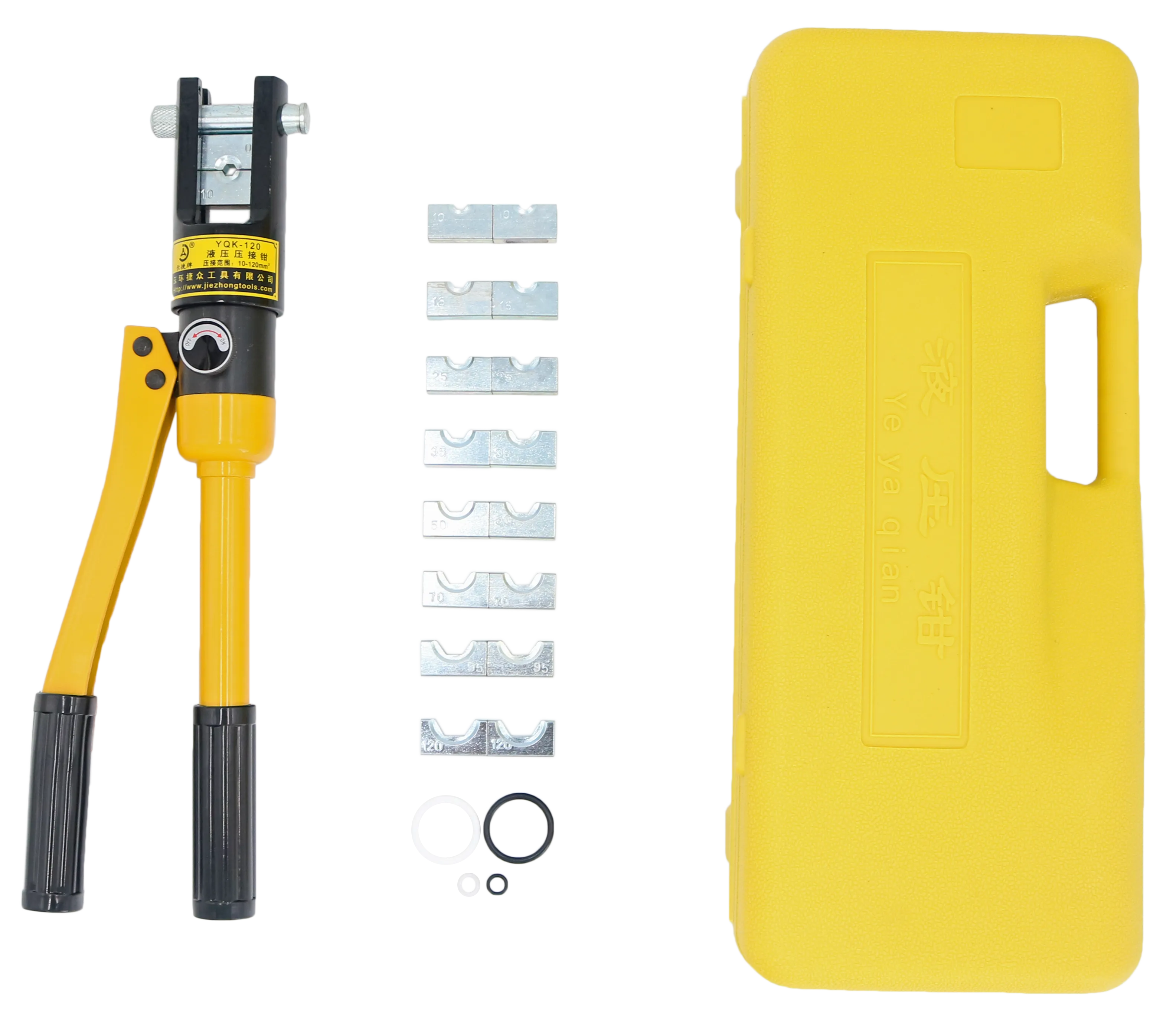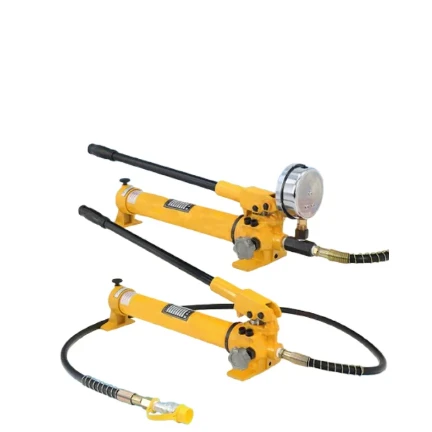
-
 Afrikaans
Afrikaans -
 Albanian
Albanian -
 Amharic
Amharic -
 Arabic
Arabic -
 Armenian
Armenian -
 Azerbaijani
Azerbaijani -
 Basque
Basque -
 Belarusian
Belarusian -
 Bengali
Bengali -
 Bosnian
Bosnian -
 Bulgarian
Bulgarian -
 Catalan
Catalan -
 Cebuano
Cebuano -
 Corsican
Corsican -
 Croatian
Croatian -
 Czech
Czech -
 Danish
Danish -
 Dutch
Dutch -
 English
English -
 Esperanto
Esperanto -
 Estonian
Estonian -
 Finnish
Finnish -
 French
French -
 Frisian
Frisian -
 Galician
Galician -
 Georgian
Georgian -
 German
German -
 Greek
Greek -
 Gujarati
Gujarati -
 Haitian Creole
Haitian Creole -
 hausa
hausa -
 hawaiian
hawaiian -
 Hebrew
Hebrew -
 Hindi
Hindi -
 Miao
Miao -
 Hungarian
Hungarian -
 Icelandic
Icelandic -
 igbo
igbo -
 Indonesian
Indonesian -
 irish
irish -
 Italian
Italian -
 Japanese
Japanese -
 Javanese
Javanese -
 Kannada
Kannada -
 kazakh
kazakh -
 Khmer
Khmer -
 Rwandese
Rwandese -
 Korean
Korean -
 Kurdish
Kurdish -
 Kyrgyz
Kyrgyz -
 Lao
Lao -
 Latin
Latin -
 Latvian
Latvian -
 Lithuanian
Lithuanian -
 Luxembourgish
Luxembourgish -
 Macedonian
Macedonian -
 Malgashi
Malgashi -
 Malay
Malay -
 Malayalam
Malayalam -
 Maltese
Maltese -
 Maori
Maori -
 Marathi
Marathi -
 Mongolian
Mongolian -
 Myanmar
Myanmar -
 Nepali
Nepali -
 Norwegian
Norwegian -
 Norwegian
Norwegian -
 Occitan
Occitan -
 Pashto
Pashto -
 Persian
Persian -
 Polish
Polish -
 Portuguese
Portuguese -
 Punjabi
Punjabi -
 Romanian
Romanian -
 Russian
Russian -
 Samoan
Samoan -
 Scottish Gaelic
Scottish Gaelic -
 Serbian
Serbian -
 Sesotho
Sesotho -
 Shona
Shona -
 Sindhi
Sindhi -
 Sinhala
Sinhala -
 Slovak
Slovak -
 Slovenian
Slovenian -
 Somali
Somali -
 Spanish
Spanish -
 Sundanese
Sundanese -
 Swahili
Swahili -
 Swedish
Swedish -
 Tagalog
Tagalog -
 Tajik
Tajik -
 Tamil
Tamil -
 Tatar
Tatar -
 Telugu
Telugu -
 Thai
Thai -
 Turkish
Turkish -
 Turkmen
Turkmen -
 Ukrainian
Ukrainian -
 Urdu
Urdu -
 Uighur
Uighur -
 Uzbek
Uzbek -
 Vietnamese
Vietnamese -
 Welsh
Welsh -
 Bantu
Bantu -
 Yiddish
Yiddish -
 Yoruba
Yoruba -
 Zulu
Zulu


TEL:
0086-311-88862036
Jan . 20, 2025 14:35 Back to list
Cable Clamp
Feeder cable clamps may appear to be a niche product, but they encompass a world of expertise, essential to a range of industries where cable management is critical—be it in telecommunications, electrical engineering, or infrastructure development. Understanding these components not only strengthens technical know-how but also underscores their pivotal role in ensuring seamless and safe operations.
In the energy sector, particularly within renewable energy installations such as solar or wind farms, feeder cable clamps also have critical applications. As power generation increasingly moves towards decentralized models with substantial physical infrastructures, these clamps ensure cables are managed safely and sustainably. Here, too, knowledge of local and national grid requirements becomes an authority in itself, as engineers work within compliance frameworks to deploy efficient energy networks. Furthermore, technological advancements have led to improvements in clamp design, allowing for easier installation and enhanced performance. Recent innovations include adjustable clamp systems that offer flexibility across different cable sizes—a development born from a keen understanding of the industry's needs. A strong grasp of these advancements enables professionals to make informed decisions, optimizing their projects both in performance and cost-effectiveness. Feeder cable clamp insiders position themselves at the nexus of engineering, safety, and innovation through trustworthiness in the products they select and the solutions they provide. Whether for fitting out a new telecom tower or maintaining a vast electrical grid, successful outcome hinges on an understanding of complexities beyond the hardware itself. Professionals who can navigate these challenges command respect and authority, their expertise helping to drive progress in an increasingly connected world. Navigating purchasing options for these clamps involves not just reading specs or looking up part numbers, but engaging with vendors whose reputations are grounded in quality and reliability. Evaluating a product's reputation becomes an exercise in trust-building, where end-to-end support from purchase to installation reflects a commitment to excellence. Delivering expertise in feeder cable clamp applications is about committing to the finest details, understanding broader impacts, and endorsing best practices that align with future readiness. Those responsible for the selection, installation, and maintenance of these products become torchbearers for an industry built on reliable connections, proving their mettle through aptitude and unwavering dedication to excellence. Through their efforts, the world remains connected and bright, reliant on secure and stable infrastructure.


In the energy sector, particularly within renewable energy installations such as solar or wind farms, feeder cable clamps also have critical applications. As power generation increasingly moves towards decentralized models with substantial physical infrastructures, these clamps ensure cables are managed safely and sustainably. Here, too, knowledge of local and national grid requirements becomes an authority in itself, as engineers work within compliance frameworks to deploy efficient energy networks. Furthermore, technological advancements have led to improvements in clamp design, allowing for easier installation and enhanced performance. Recent innovations include adjustable clamp systems that offer flexibility across different cable sizes—a development born from a keen understanding of the industry's needs. A strong grasp of these advancements enables professionals to make informed decisions, optimizing their projects both in performance and cost-effectiveness. Feeder cable clamp insiders position themselves at the nexus of engineering, safety, and innovation through trustworthiness in the products they select and the solutions they provide. Whether for fitting out a new telecom tower or maintaining a vast electrical grid, successful outcome hinges on an understanding of complexities beyond the hardware itself. Professionals who can navigate these challenges command respect and authority, their expertise helping to drive progress in an increasingly connected world. Navigating purchasing options for these clamps involves not just reading specs or looking up part numbers, but engaging with vendors whose reputations are grounded in quality and reliability. Evaluating a product's reputation becomes an exercise in trust-building, where end-to-end support from purchase to installation reflects a commitment to excellence. Delivering expertise in feeder cable clamp applications is about committing to the finest details, understanding broader impacts, and endorsing best practices that align with future readiness. Those responsible for the selection, installation, and maintenance of these products become torchbearers for an industry built on reliable connections, proving their mettle through aptitude and unwavering dedication to excellence. Through their efforts, the world remains connected and bright, reliant on secure and stable infrastructure.
Next:
Latest news
What Are Construction Tools and How Are They Used?
NewsJul.11,2025
Professional-Grade Duct Rodding Tools for Superior Cable Installation
NewsJul.11,2025
Enhancing Safety and Efficiency with Modern Hot Stick Solutions
NewsJul.11,2025
Empowering Cable Installation with Advanced Rodder Solutions
NewsJul.11,2025
Elevate Your Cable Installation Projects with Cable Pulling Tools
NewsJul.11,2025
Efficient Cable Handling Solutions: Cable Rollers for Sale
NewsJul.11,2025
Copyright © 2025 Shijiazhuang Bilo Import and Export Trading Co., Ltd. All Rights Reserved. Sitemap | Privacy Policy

BlLo lmport & Éxport is specialized in power and cable equipment andconsiruction tools,Qur main producis are FRP
duct rodder, cable rollerscable pulling winch, cable drum jack, cable pulling sock, etc.
Copyright © 2025 Shijiazhuang Bilo Import and Export Trading Co., Ltd. All Rights Reserved. Sitemap | Privacy Policy










